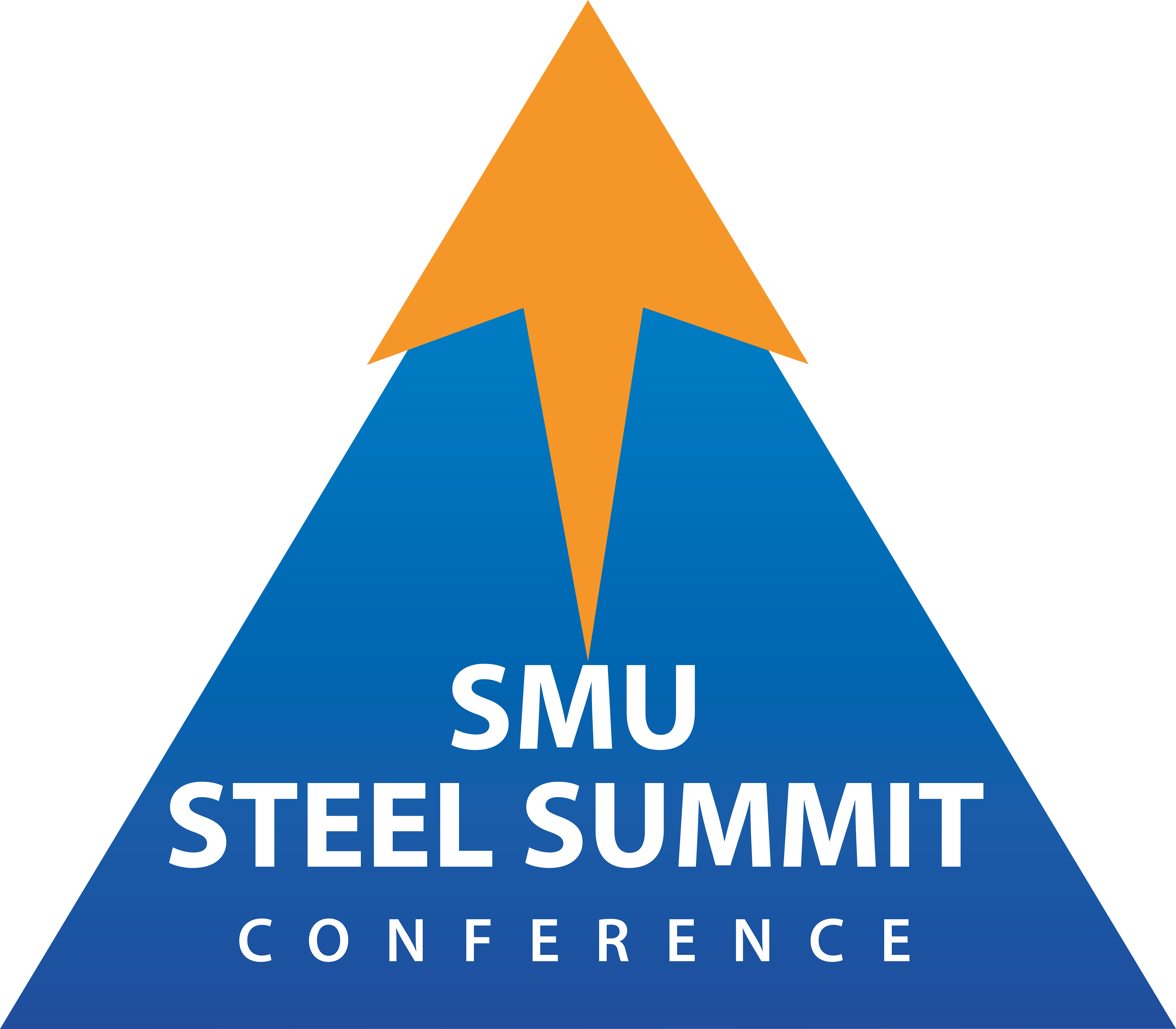Final Thoughts

Final Thoughts – USS & Big River Steel – My Opinion
Written by John Packard
September 30, 2019
U.S. Steel did what many analysts thought was impossible – they announced they are acquiring a 49.9 percent interest in Big River Steel. I wrote about this last week as a possibility and mentioned some of the reasons at that time why this deal might happen.
According to Big River Steel’s announcement, the $700 million cash price paid by U.S. Steel assumes a $2.325 billion enterprise value for the company. This is a far cry from the $3.0+ billion that was rumored to have been floated by Nucor, SDI and others about a year ago.
![]() The initial comments I am getting from steel buyers show that most believe the move is a good one for U.S. Steel.
The initial comments I am getting from steel buyers show that most believe the move is a good one for U.S. Steel.
From my personal perspective and opinion, this was something U.S. Steel needed to be doing (getting into the EAF business) for a long time now. Big River Steel is brand new, state of the art and has done an excellent job of entering the flat rolled market. Of course, market conditions are constantly changing and the addition of the SDI plant in Texas (along with their plant in Mississippi and Nucor’s plants in Arkansas) should make for an interesting market for steel buyers in the coming months/years.
U.S. Steel will add a tremendous amount of value in research and development to BRS on automotive steel grades.
This deal opens the market for USS into Mexico. It also could be a facility from which to service USS/Posco if need be (hot rolled coils).
With Big River Steel, look for U.S. Steel to scrutinize their other assets and potentially make changes. The most vulnerable mill, at least geographically, would be their Granite City operation. Many steel buyers, as well as analysts and consultants, have suggested to me Granite City might be shuttered. This sounds logical. If that were to happen there would be a reduction in steel production of around 3.8 million tons.
I have also heard from my sources within the industry that Great Lakes may also be at risk. Combined, those two plants are rated to produce 6.6 million net tons of steel. Big River Steel will be able to produce approximately 3.3 million tons once their expansion is complete (next year).
Some are suggesting that the investment in Mon Valley may go away. After listening to Ryan Smith’s report at the 2019 SMU Steel Summit Conference, I am not so sure. If the technology works, Smith said it could be a game changer for U.S. Steel. I do not look at a company’s finances, so I will leave this one to the analysts to figure out.
I have read some of what the analysts have been reporting to their clients and the understanding is U.S. Steel’s core assets going forward will be its Gary Works, Mon Valley and Big River Steel. This leaves Great Lakes and Granite City exposed.
With the investment by USS being less than 50 percent, the initial market reaction is the BRS commercial team will remain intact for the time being. This could also mean that any changes at USS regarding other assets could take some time.
There is also discussion amongst steel buyers about the way steel is sold out of BRS. Big River does do indexed contract deals and they have a large spot market as well. Steel buyers hope the BRS sales team remains intact. U.S. Steel announced awhile back that they would not do indexed-based deals for 2020 contracts. Although I have spoken to some U.S. Steel customers who advise me there may be some flexibility for certain customers.
Something to consider – I was speaking to a couple of analysts about Big River Steel and the company is investing a large amount of money into being able to produce electrical steels. This is a product that USS does not make. Information as to how much of an investment has been made on the electrical steel project has been limited. One analyst expressed concern about the small size of the electrical steel market. Something to watch.
One thing is for sure, the market just got more interesting.
Stay tuned.
As always, your business is truly appreciated by all of us here at Steel Market Update.
John Packard, President & CEO

John Packard
Read more from John PackardLatest in Final Thoughts

Final thoughts
SMU has heard from some larger buyers who have stepped back into the market to buy at prices that, if not at a bottom, they assess to be close to one. Is it enough to stretch out lead times and send prices upward again? Or do we continue to scrape along the mid-$600s per short ton (st) as we have been doing for most of the last month?

Final thoughts
Cleveland-Cliffs Chairman, President and CEO Lourenco Goncalves had some insightful things to say today about the steel market and about a conference we suspect might be Steel Summit.

Final thoughts
They say a picture is worth a thousand words. Well, when you add in some commentary from respected peers in the steel industry to those pictures, that may shoot you up to five thousand words, at least. In that spirit, we’ve added some snapshots from our market survey this week, along with some comments from market participants.

Final thoughts
I thought we’d have more clarity this week on Section 232, Mexico, and a potential carve-out for steel melted and poured in Brazil. As of right now, the only official comment I have is from the Office of the United States Trade Representative (USTR).

Final thoughts
There are just 40 days left until the 2024 SMU Steel Summit gets underway on Aug. 26 at the Georgia International Convention Center (GICC) in Atlanta. And I’m pleased to announce that it's official now: More than 1,000 people have registered to at attend! Another big development: The desktop version of the networking app for the event has officially launched!
